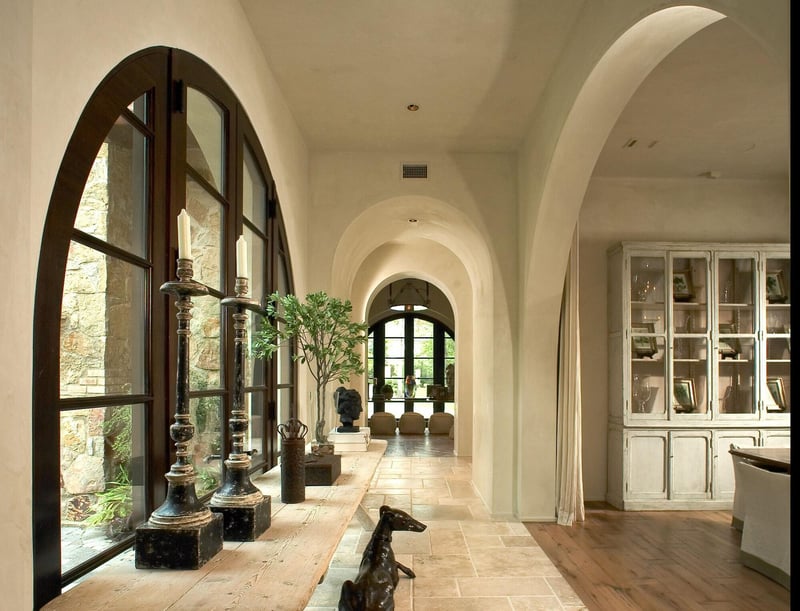
Universal design is about creating a home today that will accommodate your needs of tomorrow. Living your life in a home you love for as long as you’d like is a privilege not many are afforded. As you embark upon your custom home journey, be sure to consider how your home will continue to grow with you, ensuring safety, functionality, and comfort in all of your decades to come.
In this post, we’d like to dive into the complementary concepts of universal design so that the deeper understanding you gain can enhance your future home.
Understanding Aging in Place
The number of Americans aged 65 and older is projected to more than double from 46 million today to over 98 million by the year 2060. With the benefit of better healthcare and nutrition, a significant percentage of us will live more than 20 years past retirement.
Aging in place is a concept increasingly embraced by millions of Americans who would prefer to remain in their own homes for as long as possible. However, with aging comes physical and mental challenges that today’s homes are not equipped to accommodate. Universal design is a method of building living spaces to meet the needs of anyone regardless of their age or abilities. Eventually, supplementary services and assistive technologies may be needed in order to age in place, but by incorporating universal design elements today you should be able to stay in the midst of your long-time home and community throughout your later years.
Benefits of Aging in Place:
- People aging in place enjoy a better quality of life and often remain healthier longer than those who must leave their homes.
- You enjoy more self-determination and privacy than assisted living and nursing facilities oftentimes provide.
- Remaining in your home has been shown to reduce the advancement of memory loss as you maintain familiarity with your surroundings.
- Most importantly, your social network remains available, and many who stay in their communities retain more sense of purpose.
Understanding Universal Design
Starting in the 1960s, accessibility awareness began to grow. Starting with those in wheelchairs, a disability movement began that culminated in accessibility standards and the American Disability Act, which started the era of universal design.
Universal design is not limited to design for the elderly; it is for a broad range of people of all abilities. Anyone who appreciates products and services that are easy to use will receive the benefits of universal design. For aging in place, universal design methods are front and center when building a custom home or renovating an existing home.
Benefits of Universal Design:
- Universal design respects user dignity, privacy, and rights.
- With fewer young people to help care for the elderly, universal design allows seniors to care for themselves with less intervention.
- Products and services, including residential spaces, enjoy a high adoption and acceptance rate from first use.
- Universal design complies with legislation and building standards.
- By using universal design, you can create a custom home that meets all your needs for today and continues to provide an independent life later.
Modifications and Assistive Technology Throughout Your Custom Home
Every space within your home can be improved through universal design. In each instance, you are considering how space can be used no matter the changes in your physical, mental, or emotional status. While the bathroom and kitchen are key areas for assistive products, bedrooms, living areas, and hallways are also part of the plan as is the exterior and entryways into the home.
Overall Design Considerations
Throughout the house, universal design limits the use of stairs and changes in floor level. Where stairways are needed, the installation of handrails on both sides provides safety for people no longer as steady on their feet as they once were.
Automated lighting systems make it easier to maintain visibility without wasting energy. When a room or hallway is occupied, the lights turn on automatically and shut off when the area is empty. All outlets and switches are placed where someone short, uses a wheelchair, or cannot bend down easily can operate them. Universal design also encourages maximum use of natural light, which enhances the feeling of wellness.
Select doorknobs, cabinet pulls, and other handles are designed to be used with a closed fist. For those with severe arthritis, levers in place of round knobs are easier to handle.
Hallways are designed with added space to the sides, typically from 42 to 48 inches wide. Doorways are also wider at 32 to 36 inches wide, to accommodate someone in a wheelchair or using a walker or cane. Thresholds are designed with low or no curbs or sloped edges, and at least one entryway into the home has no steps. All rugs and carpeting are firmly fastened to the floor to reduce the chance of falls from tripping.
Universal Design in the Bathroom
The bathroom can be one of the most dangerous places in a home for the elderly or disabled. An open bath area creates space for maneuvering and eliminates obstructions.
Place a full bathroom on the main level of the home if the residence has multiple levels. Use mats of non-skid design on the floor and in the tub or shower. Comfortable, non-slip flooring further reduces falls.
- Install multiple showerheads. Place a rain shower in the center and a traditional shower overhead at one end of the shower area. Add a handheld shower and seat on the other end with separate controls.
- Build a curbless shower into which you can walk or roll without encountering a lip or curb.
- Create a shower space with enough room for adequate drainage.
- Place the towel rack close-by so it is within easy reach.
- Select faucets that can be operated by a closed fist.
If you prefer a tub, purchase a walk-in model and reinforce the walls around the tub, toilet, and shower so you can easily add grab bars in the future.
Universal Design in the Kitchen
While the kitchen has fewer issues than the bathroom, it can still present a challenge for the elderly. The best practice is to reduce the number of steps needed to move foods to various work areas. Place the stove, sink, and refrigerator close together.
When selecting and placing cabinetry, make all bottom storage accessible between knee and shoulder height. Anything that must be accessed from below the knee should have a handy drawer pull. Bring upper cabinets down to countertop level when appropriate, and leave access for a wheelchair, at least 42 to 48 inches around and through the traffic way.
Living Area and Bedrooms
Install nightlights to prevent bumps and falls in the dark. Place the phone near the bed. In all areas, maintain wheelchair access. Wider halls can provide an open feel as well as serve those with special needs.
Outside the Home
For the exterior, maintain a direct line of sight between the front door and the street, and keep plantings low so you can see visitors or strangers without leaving the house. Also, maintaining clear visibility allows others to see if you are in distress when outside the home.
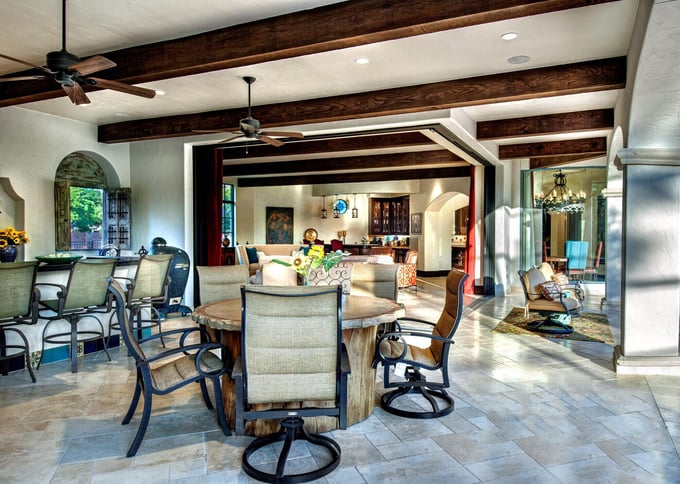
Selecting a Contractor for Your Universal Design Custom Home
To age in place, early planning is vital. If you are building a home now that you expect to remain in for your golden years, find a contractor experienced in universal design. Follow these tips when searching for the right contractor for the job. Sims Luxury Builders understands universal design, and we are happy to answer any questions you may have.
Taking advantage of universal design for your custom home not only promotes aging in place, but it also creates a comfortable living space accessible to everyone.



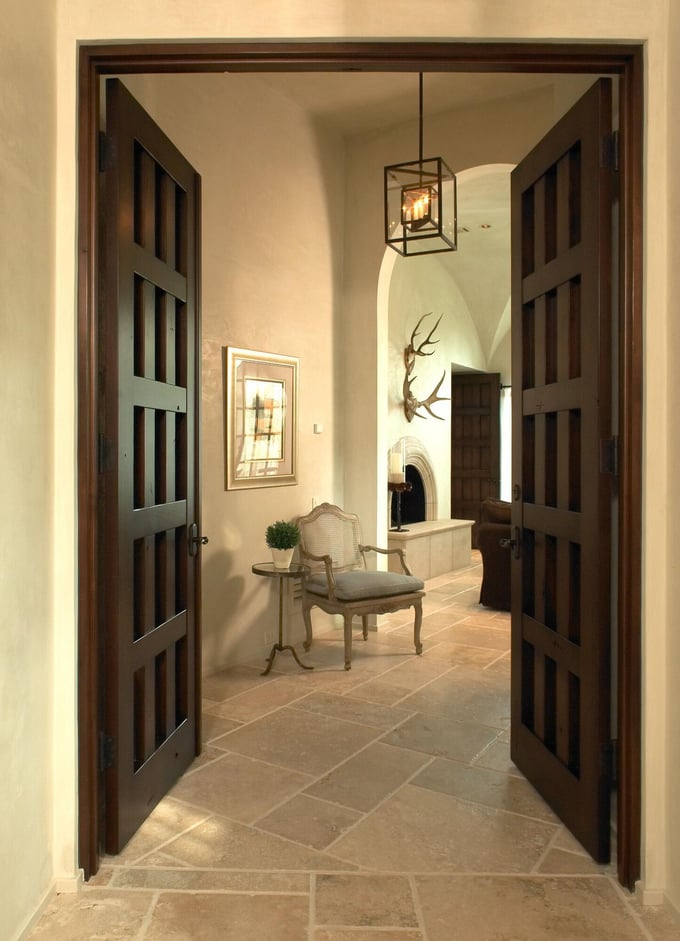

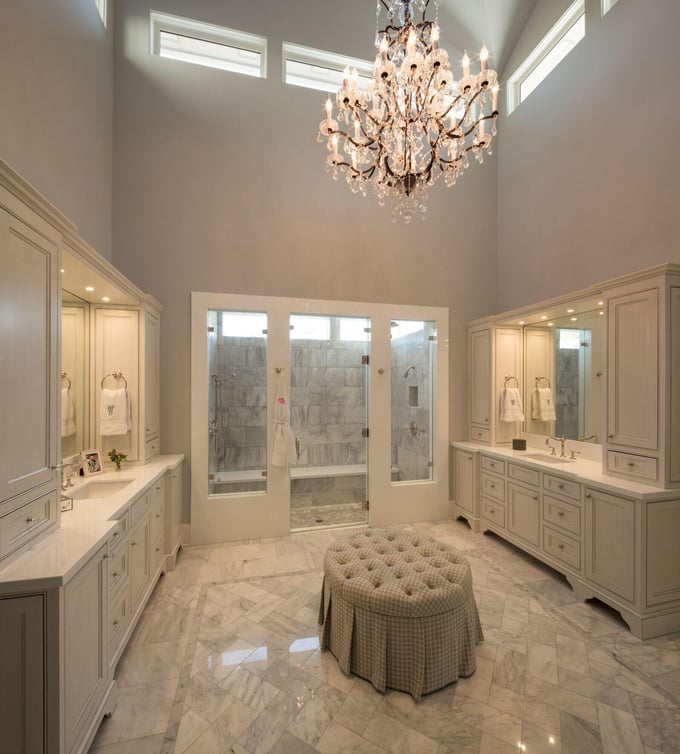
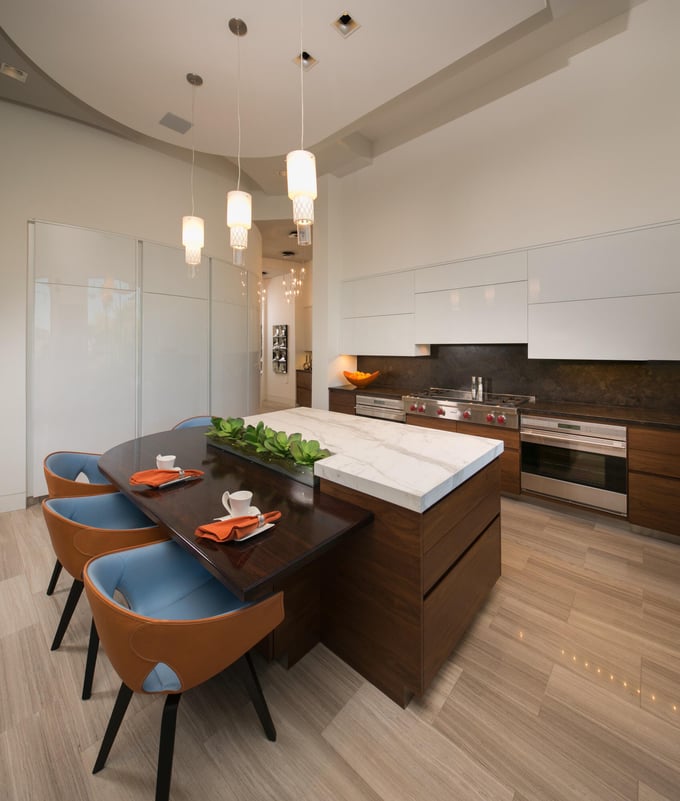






COMMENT ON THIS ARTICLE